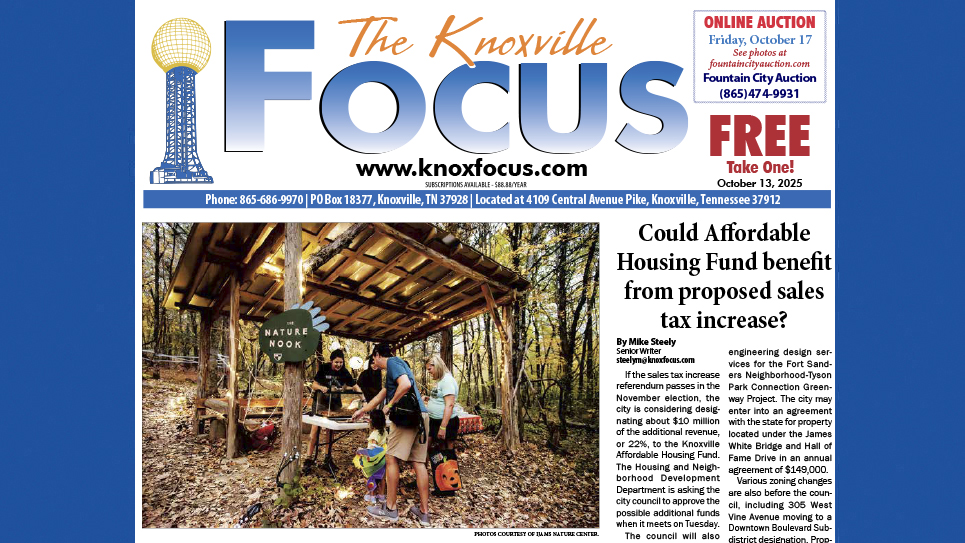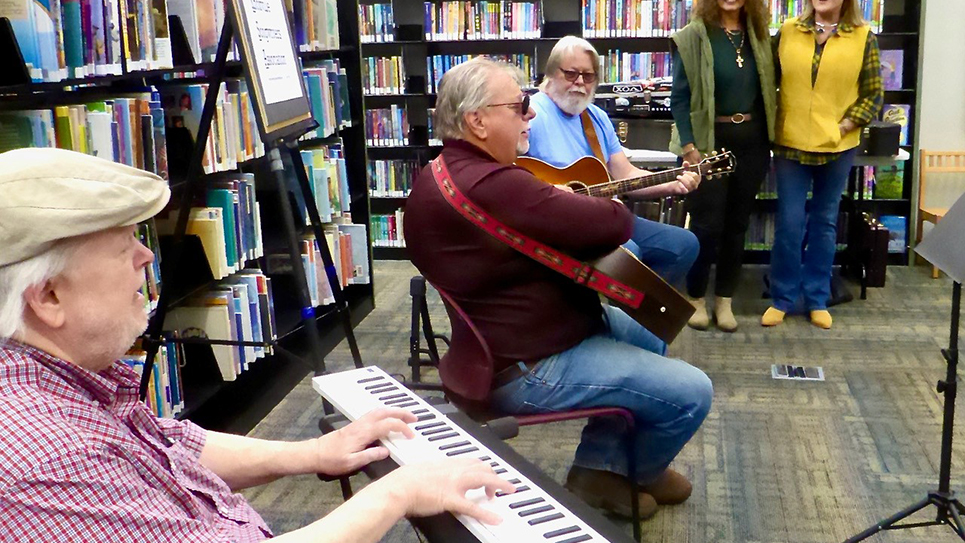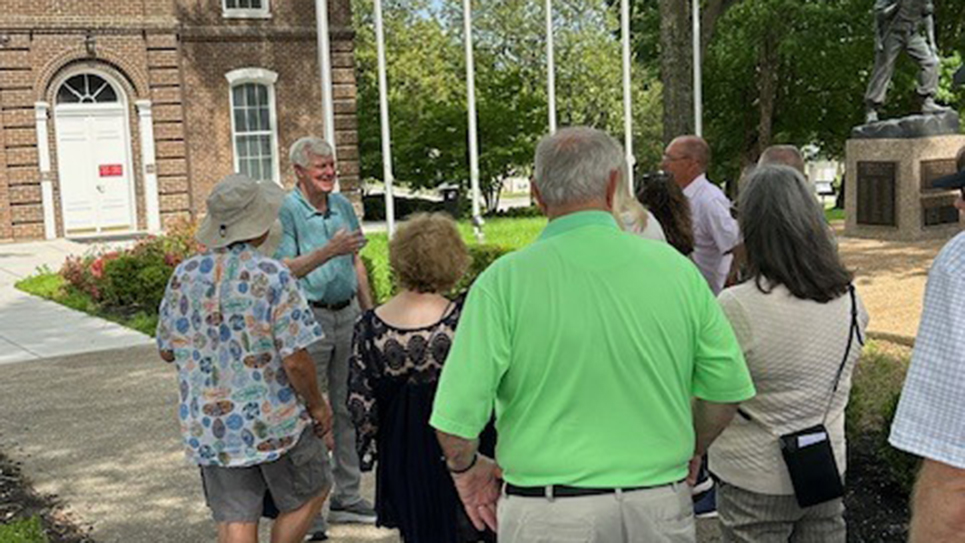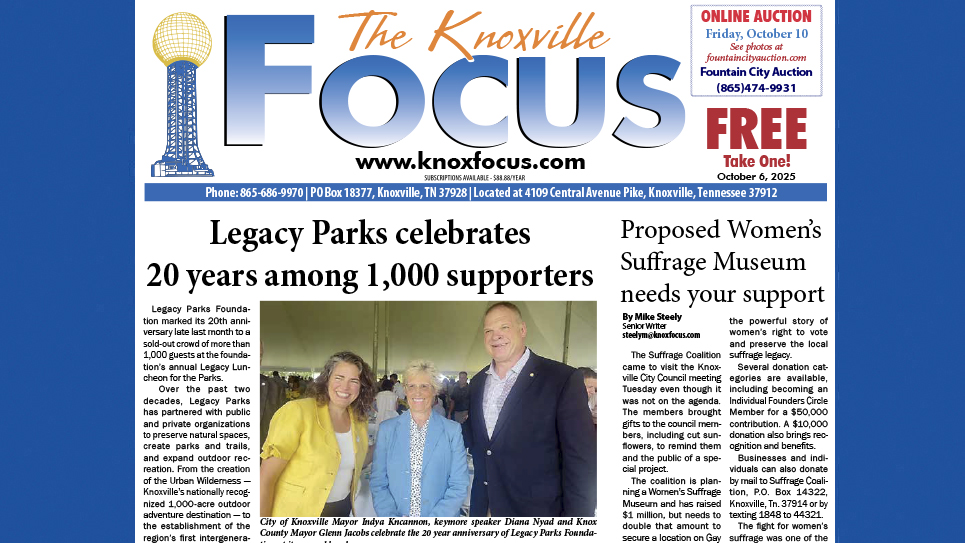By Ralphine Major
I can see it coming over the hill right now. I can hear it, too–our red Farmall tractor pulling a wagon stacked high with hay, young boys, and a dog or two. They would stop in the road in front of our house for snacks and a glass of ice cold water or lemonade.
When my brother was little and our family put up hay on the farm, he would go behind the hay baler and knock over the bales of hay if they came out of the baler standing on their ends; this would make it easier for those loading the hay onto the wagon to grab the twine and pick them up. Our father tried to make the bales lighter so they would not be so heavy to load. Everyone in the hayfield had to be careful; occasionally, a snake would be in a bale of hay. We heard about one farm that had a yearling bull that would run and butt at the bales as they came out of the baler. Once, some men helped put up the square bales so they could have exclusive rights to dove hunt in the field of beans and millet that year. I doubt our father would have allowed that later, as he enjoyed watching doves in the back yard.
These scenes are fast fading from America’s farmlands. Fields of timothy, alfalfa, and clover still turn a golden brown when dead ripe for cutting; people still enjoy the smell of freshly mown hay; and hot, sunny days are still needed to cut hay, rake it, and let it dry before baling. But today, huge round bales are quicker and easier to bale and store and have replaced many square bales as winter feed. A spear on the back of the tractor can haul a bale or two, and I often see a dozen or more round bales hauled on a wagon. They are ideal for feeding several head of cattle, though a horse owner with only one or two animals may find the big bale more wasteful and prefer the traditional square bales. The hay elevator, once a tremendous help in lifting hay to the loft and saving manpower, is no longer needed for round bales. The extra manpower is not needed, either.
There is something special about the scenes of rural farmlands that make America beautiful. Even the sight of a hayfield is one of God’s gifts, for it is the blessing of sunshine and rain from the Creator that make it all possible. It is truly a reason for all of us to give thanks.






